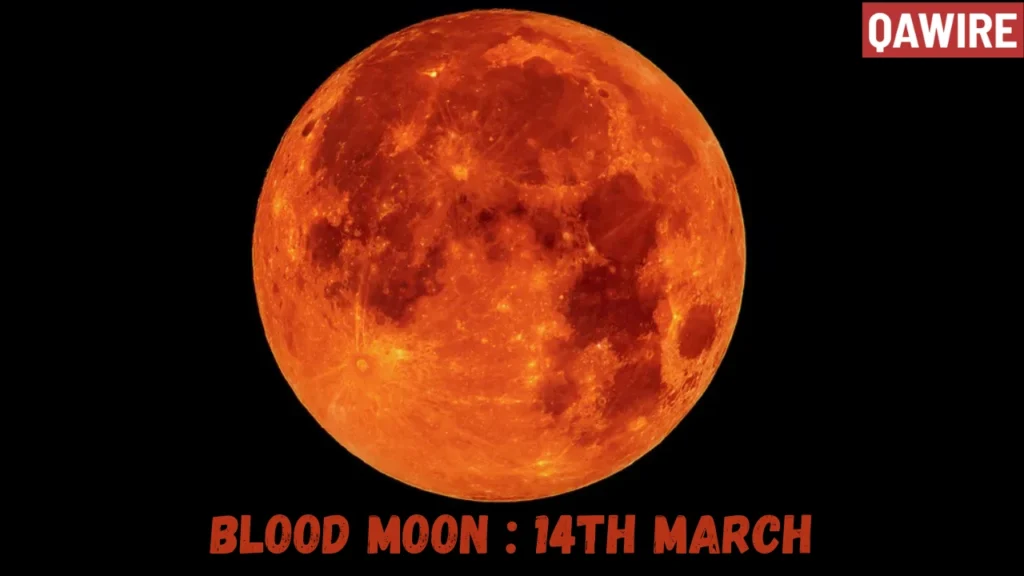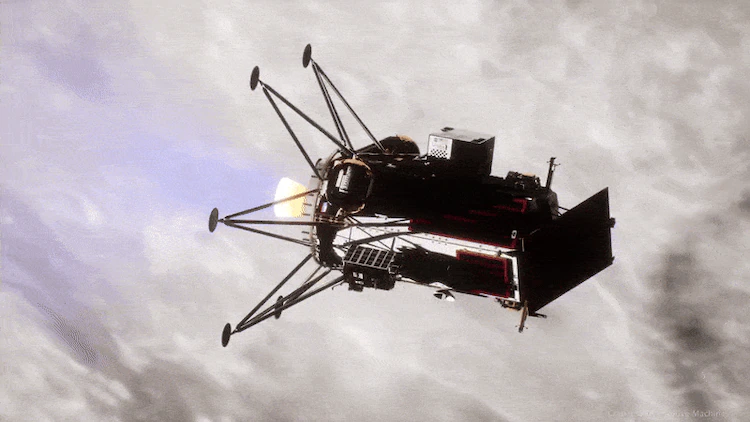India’s ambitious space program faced a setback when the recently launched new satellite NVS-02 navigation satellite encountered a propulsion system failure, leaving it stranded in its transfer orbit. The Indian Space Research Organisation (ISRO) had launched the satellite aboard a Geosynchronous Satellite Launch Vehicle (GSLV) from the Satish Dhawan Space Centre on January 28, 2025. This mission was particularly significant as it marked the 100th launch from the Sriharikota spaceport. However, technical complications arose when the satellite failed to reach its intended geostationary orbit due to a malfunction in its propulsion system. The failure has raised concerns but has also triggered a detailed investigation by ISRO.
The Purpose of the NVS-02 Mission
The NVS-02 satellite is part of India’s NavIC system, providing precise positioning, navigation, and timing services, similar to GPS. It aims to enhance India’s satellite autonomy, serving both civilian and military needs within India and up to 1,500 km beyond its borders.
NVS-02 was meant to reach a geostationary orbit at 35,786 km above Earth. After being placed in an elliptical transfer orbit, its propulsion system failed to circularize the orbit, leaving it stranded.
What Went Wrong?
Despite a successful launch, ISRO confirmed that NVS-02 encountered a propulsion issue during the critical orbit-raising phase. Some of the propulsion system’s valves failed to open, preventing the engine from firing as planned. This satellite malfunction left the satellite in an elliptical transfer orbit rather than the intended stable geostationary position. As a result, the satellite could not carry out its full range of operations, particularly its role in positioning, navigation, and timing services.
However, ISRO has reassured that all other systems onboard the satellite remain healthy. The organization is actively exploring alternative strategies to salvage the mission. One possible solution involves using the satellite’s smaller attitude control thrusters to gradually raise its orbit. These thrusters are typically designed for minor adjustments in orientation rather than major orbital maneuvers, but ISRO scientists are evaluating whether they can be used to stabilize the satellite in a usable orbit.
Additional Satellites Involved in India’s Navigation Efforts
To bolster its navigation system, India has deployed several other new satellites in the NavIC constellation, such as NVS-01, which continues to function as expected, and NVS-03, which will eventually take over some of the load if NVS-02 cannot be salvaged. These new satellites provide essential services for applications ranging from disaster management to national defense.
In addition to the NVS series, India has launched a variety of other new satellites, including the GSAT-30 communication satellite, which helps deliver telecommunication services to remote areas, and the Cartosat-3, which provides high-resolution imagery for urban and rural planning. The GSAT series plays a significant role in providing backup capabilities in case of failure in other systems, like the NVS-02 satellite.
Furthermore, the IRNSS-1 series of new satellites, including IRNSS-1A through IRNSS-1I, continues to form the backbone of India’s navigation infrastructure, even as new satellites like NVS-04 and NVS-05 are under preparation to enhance system robustness and ensure uninterrupted coverage.
Potential Solutions and Future Steps
While ISRO has not yet announced a definitive course of action, the focus remains on ensuring that the satellite does not re-enter Earth’s atmosphere prematurely. If engineers can successfully adjust its orbit, the satellite may still be able to perform some of its intended functions, even if its coverage or accuracy is slightly compromised.
To help address this, ISRO is looking into deploying a backup propulsion solution or exploring other operational measures to mitigate the effects of the failure. This satellite’s failure may impact some critical applications, but the organization is actively working on possible solutions to minimize disruptions in India’s navigation and timing services.
The Role of Satellites and the Future
The NVS-02 satellite is part of a broader plan to expand the NavIC system, and this setback highlights the importance of continually improving satellite technology. India has been making rapid strides in space exploration with successful launches of new satellites aimed at remote sensing, scientific research, and defense applications. The inclusion of new satellites, such as NVS-01 and NVS-03, will ensure that the NavIC system remains resilient despite any operational setbacks.
Implications for India’s Space Program
Despite this setback, India’s space program continues to progress rapidly. ISRO has successfully launched multiple missions in recent years, including the Chandrayaan-3 lunar mission and the Aditya-L1 solar observatory. The agency has also been working on ambitious projects such as the Gaganyaan human spaceflight mission and collaborations with international space organizations. These ongoing developments show that ISRO’s capabilities extend far beyond just the NVS series of new satellites.
The current issue with NVS-02 serves as a learning experience, reinforcing the importance of rigorous testing and contingency planning. If ISRO successfully manages to recover the satellite’s functionality, it will further demonstrate the resilience and expertise of India’s space scientists and engineers.
Conclusion
The NVS-02 satellite’s propulsion failure is a challenge for ISRO, but the agency’s response will shape its impact. With alternative solutions under evaluation, hope remains for recovery. This incident highlights the complexities of space exploration and ISRO’s dedication to advancing India’s navigation capabilities. Despite setbacks, ISRO continues to lead in space technology, contributing to national security and the global space community.



